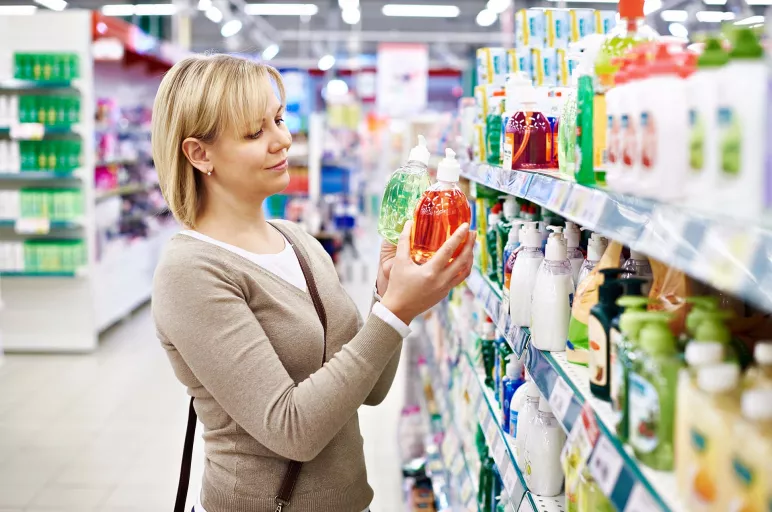
3 Ways CPG Companies Can Address Sustainability
- 2021 has seen a growth in demand for sustainable products and practices from CPG companies
- Focusing on sustainable sourcing and packaging can enable companies to capitalize on demand shifts while controlling costs and enhancing brand image
- With greater visibility into suppliers enabled by a unified procurement platform, CPG companies can operate as an integral part of a wider supply network
October 15, 2021 | Procurement Strategy
Sustainability has become a prominent topic for most businesses today, and it is also driving shifts in strategy among consumer packaged goods or CPG brands.
Companies must adapt their strategies to navigate shifting consumption patterns and satisfy new demand for sustainable products, through sustainably sourcing materials, rethinking packaging and renewing their focus on process optimization and efficiency. They must make the shift while keeping in mind that in the near term, volatility and inflation will continue to pose challenges and influence the outlook for CPG supply chain and procurement teams.
1. Sustainable sourcing
To make procurement more sustainable, companies need to proactively seek out and work with suppliers that practice sustainability, rather than passively auditing their existing supplier base.
Investing in solutions that enable more efficient validation of supplier declarations, as well as adopting industry-specific sustainability standards, such as the Sustainability Accounting Standards Board, makes it easier for businesses to gain visibility into suppliers and make informed decisions about whom they source from.
With greater visibility into suppliers enabled by a unified procurement platform, CPG companies can operate as an integral part of a wider supply network that they can leverage to collaborate with strategic partners, drive innovation and achieve sustainability goals.
2. Rethinking packaging
While the cost of reusable packaging can exceed the cost of the single-use alternative, there is clear demand for more sustainable packaging solutions. Companies such as Unilever, Diageo and GSK have piloted sustainable packaging programs in an attempt to reduce plastic waste.
Companies that recognize the importance of sustainability to consumers from the Millennial and Gen Z generations and make investments to reduce the environmental impact of their packaging can enhance their brand image as responsible and forward-looking.
Moreover, with packaging and transportation costs on the rise in 2021 and set to continue into 2022, procurement can provide value by reexamining packaging needs in order to minimize materials or source alternatives.
3. Optimizing processes
CPG manufacturers are facing increasing demand, longer lead times, and labor shortages. To mitigate the impact of these and other disruptions while still making progress toward sustainability goals, automation can play a key role.
Investing in automation and redesigning processes can ultimately lower costs by enhancing efficiency. It can also support sustainability initiatives by reducing reliance on paper in favor of digital records, or helping companies track and maintain compliance with regulations.
Sustainable procurement and supply chain practices provide CPG companies with a new platform for innovation and value creation
The pressures on the CPG industry from demand spikes, shifts in buying patterns and inflation represent an enormous opportunity for procurement and supply chain to drive change and innovation toward more sustainable products.
Supply chain sustainability is now a driver of consumer behavior, and CPG companies are starting to address that need through their procurement and supply chain processes. By doing so, they can improve their brand image among a more environmentally conscious consumer base, but also increase compliance with regulation and control costs to drive long-term value. Continue reading to know how GEP’s CPG procurement solutions can help CPG companies.



